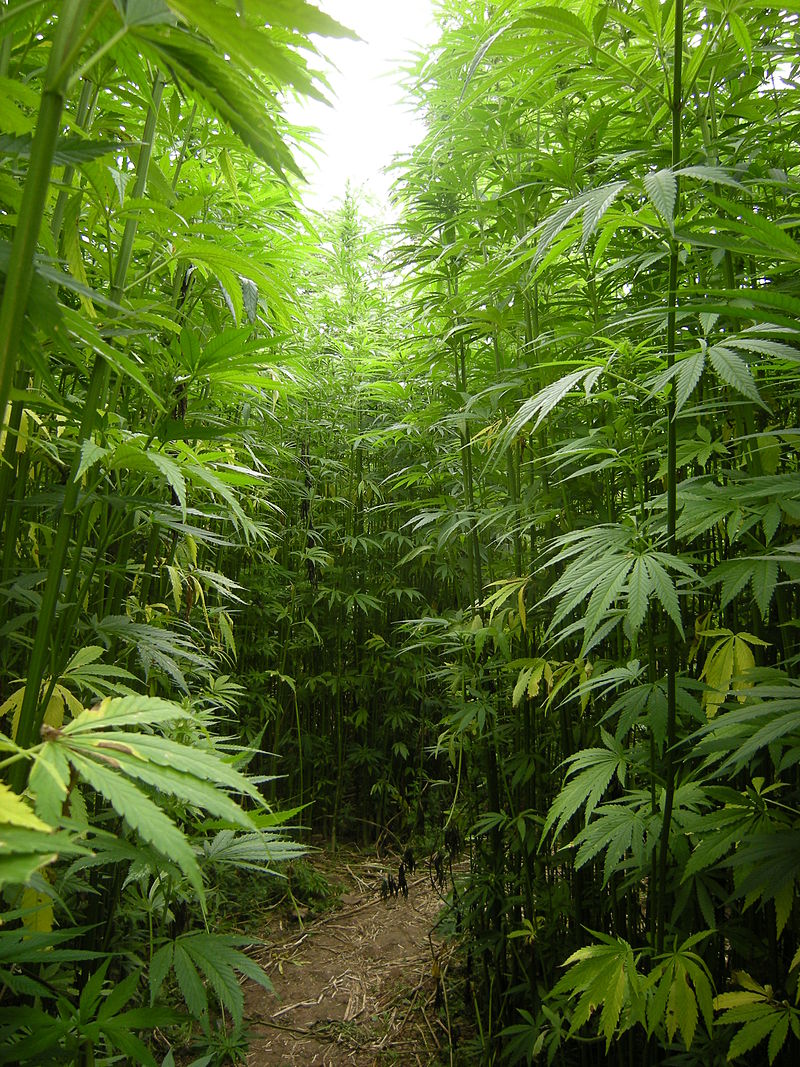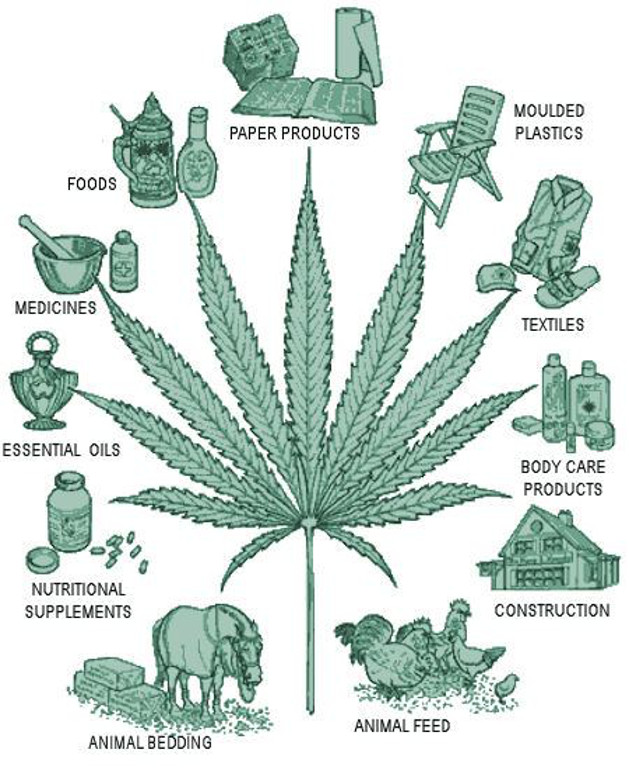In the nola.com article “Toxic sites in Louisiana: 15 of
the state’s most polluted places” (Feb. 2017), Scott
Threlkeld details several areas of environmental concern
across the state. Louisiana is home to 15 Superfund sites
on the EPA’s national priorities list. St. Tammany Parish
has two Superfund sites, the former American Creosote Works
in Slidell and the former Madisonville Creosote Works in
Madisonville. Contaminants are still being removed from
the groundwater at both sites.
In June 2014, The Times-Picayune/ nola.com reported that
Louisiana waterways were among the most polluted in the
nation, with industrial facilities releasing more than 12.6
million pounds of toxic chemicals into rivers, bayous and
other waters in 2012, as per a report by the Environmental
America Research and Policy Center.
In 2017, CBS News reported that Italian farmers in Taranto,
Italy are using industrial hemp crops in order to
decontaminate the soil. Contaminants from a local steel
plant polluted the area, causing a build up of dioxin in
local grazing animals. The solution: Plant Hemp.

In phytoremediation, contaminants are absorbed by the
fast-growing roots of the cannabis plant which either store
or transform toxins into a harmless substance. The process
is proven to pull heavy metals from the soil, and
industrial hemp was used following the nuclear disaster at
Chernobyl, removing strontium and cesium.
While industrial hemp is still a controlled substance in
the United States, Kentucky Senator Mitch McConnell wants
to mainstream hemp production by removing it from the list
of controlled substances. Kentucky is at the forefront of
the industrial hemp comeback with approval for more than
12,000 acres grown in the state in 2018, with 57 Kentucky
processors turning the raw hemp into a multitude of
products.

The crop was historically used for rope, but other uses
include clothing, mulch, hemp milk, cooking oil, soaps,
lotions, building materials, plastics and biofuels.
Industrial hemp has the potential to provide needed
products at a fraction of the environmental impact as
conventional methods of production using petroleum, which
is the cause of much of the pollution in Louisiana in the
first place. Let’s give hemp a chance.
Questions or comments: [email protected]




